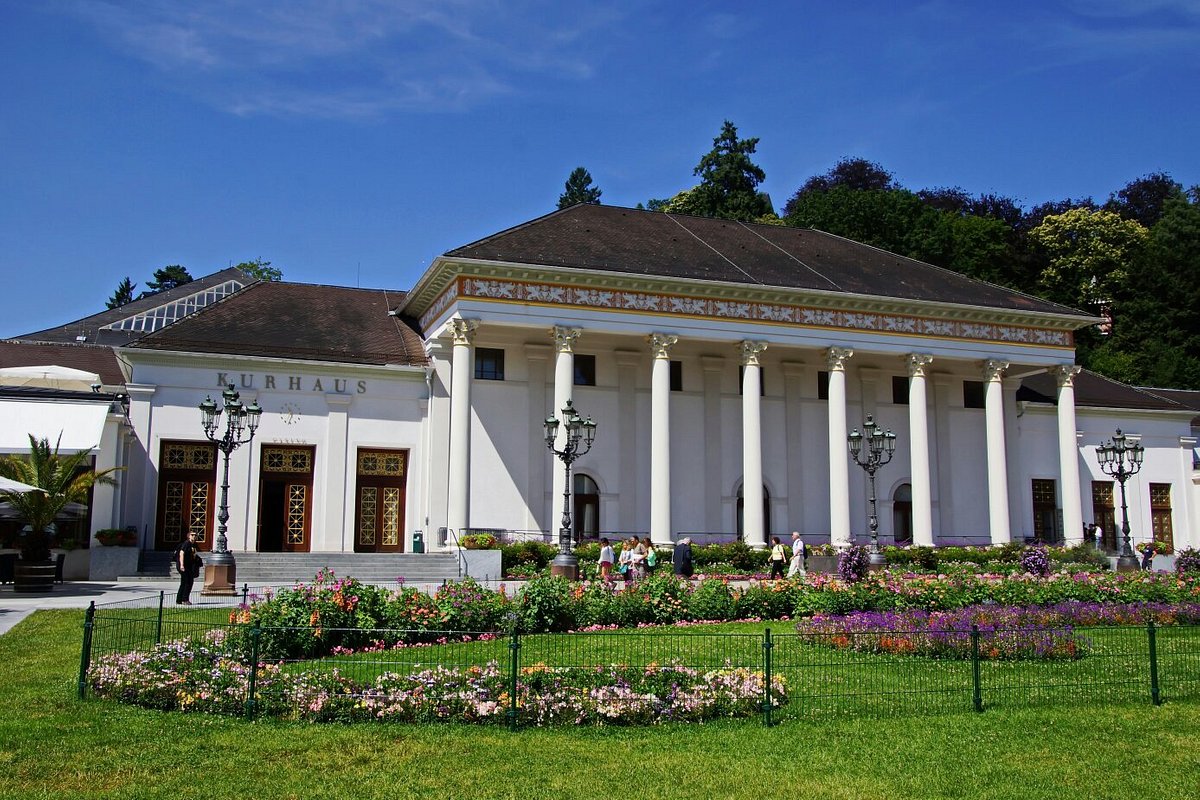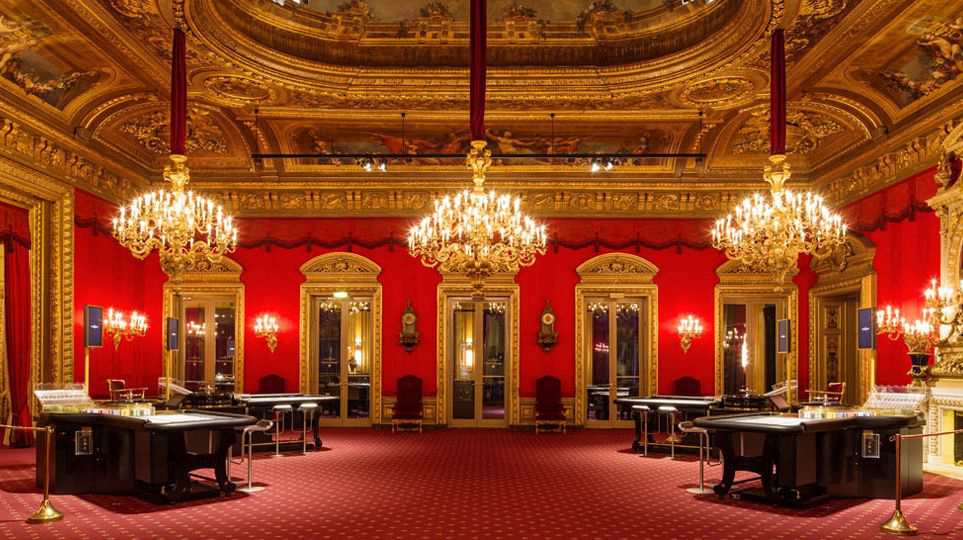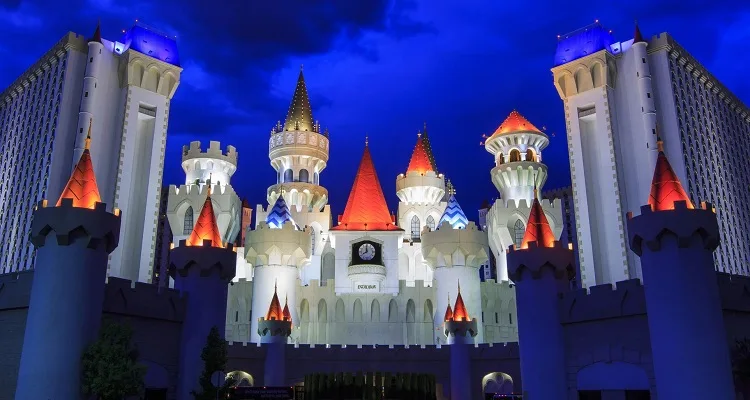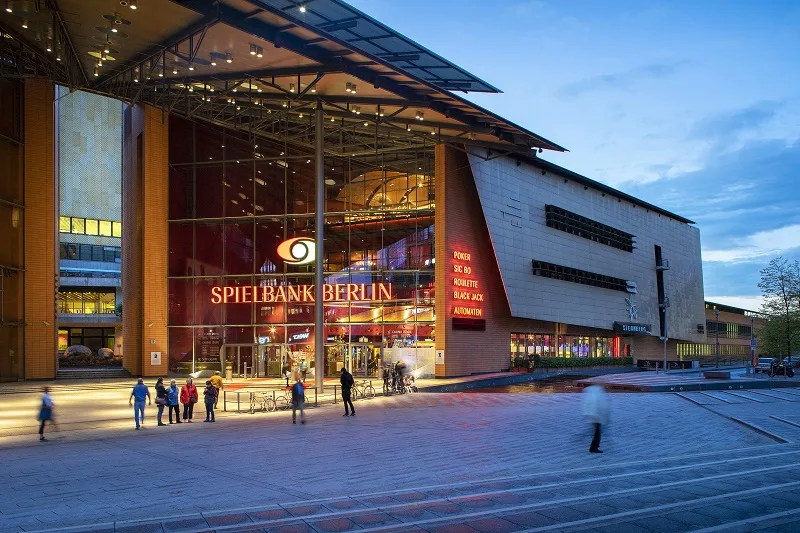
Kurhaus Casino Baden-Baden overview
When it comes to the most expensive casinos in the world, Kurhaus Baden-Baden holds that status. Its history goes back nearly 200 years. It caters exclusively for the wealthy, as at one time only members of the aristocracy were in attendance. Strict appearance requirements apply to all.
History of the beginnings of Kurhaus Casino Baden-Baden
The history of the casino goes back to 1823. A new casino establishment was planned in the sparsely populated and very small town of Baden-Baden in south-east Germany. Its proximity to France was a decisive factor in its development, as it was from there that wealthy visitors came, but it did not attract tourists as a casino from the early years. There are hot springs in the immediate vicinity and this was a major factor in attracting new visitors.
As a successful gambling establishment it was not until the early 19th century that the building began to attract visitors. François Chevilliers was a prominent representative of the business, but the building itself had little appeal, so in 1821 it was decided to demolish it and build a new building, initially designated as a guesthouse. The result was the Kurhaus Baden-Baden: the left building, the right building and the centre. The left wing played host to guests, the centre was used for negotiations and the right wing was home to the theatre. It is worth noting that the building was not built as a casino, because slot machines were located in the corridors.

The first manager was Antoine Schaber, who looked at the casino from a practical point of view only and saw it as a business, which, however, generated high profits. In 1833 the casino was inherited by his son, who immediately became its manager. After Joseph’s death in 1938, Jacques Benazé became the manager. He wanted to expand the entertainment complex by equipping it with a spa, but the project was delayed as he could not get permission. The complex is also famous for its huge alley, which is 3 km long.
To increase the popularity of the place, famous composers regularly performed and guests from all over Europe came to see their performances. When Jacques’ son became manager, the casino became the main sponsor of the races which took place on the town’s racetrack. At the same time, the spa area expanded and more facilities for entertainment became available. As the casino became more popular, famous composers frequented Baden-Baden. Johannes Brahms, Clara Schumann, Pauline Viardot, Ivan Turgenev and Fyodor Dostoyevsky were all frequent visitors.
Visitors to
History suggests that by 1850 over 5000 wealthy visitors had been to the Baden-Baden casino, but the town had a population of 2,500 to 3,000. One of the keenest gamblers was Dostoevsky, who would bet the night away. For lack of money he made a deal with the moneylender Stellovsky. Under the terms of the contract, Dostoevsky was to write a 12-page novel in a short time, but the writer did it early, in 24 days. It was called The Gambler and the casino at Baden-Baden became the main location in the book.
In 1870 gambling was forbidden in Germany because it was a drain on the country’s money, but the Baden-Baden worked until 1872. From then on, the entire elite moved to Monte Carlo. Due to a lack of money in the state treasury, Hitler legalised gambling in 1935, but it was soon shut down as active hostilities took place in 1944. Activities were resumed in 1950. The casino is now equipped with the latest technology and gaming tables are located throughout the building, but the main historical value remains with all its incredible architecture.



